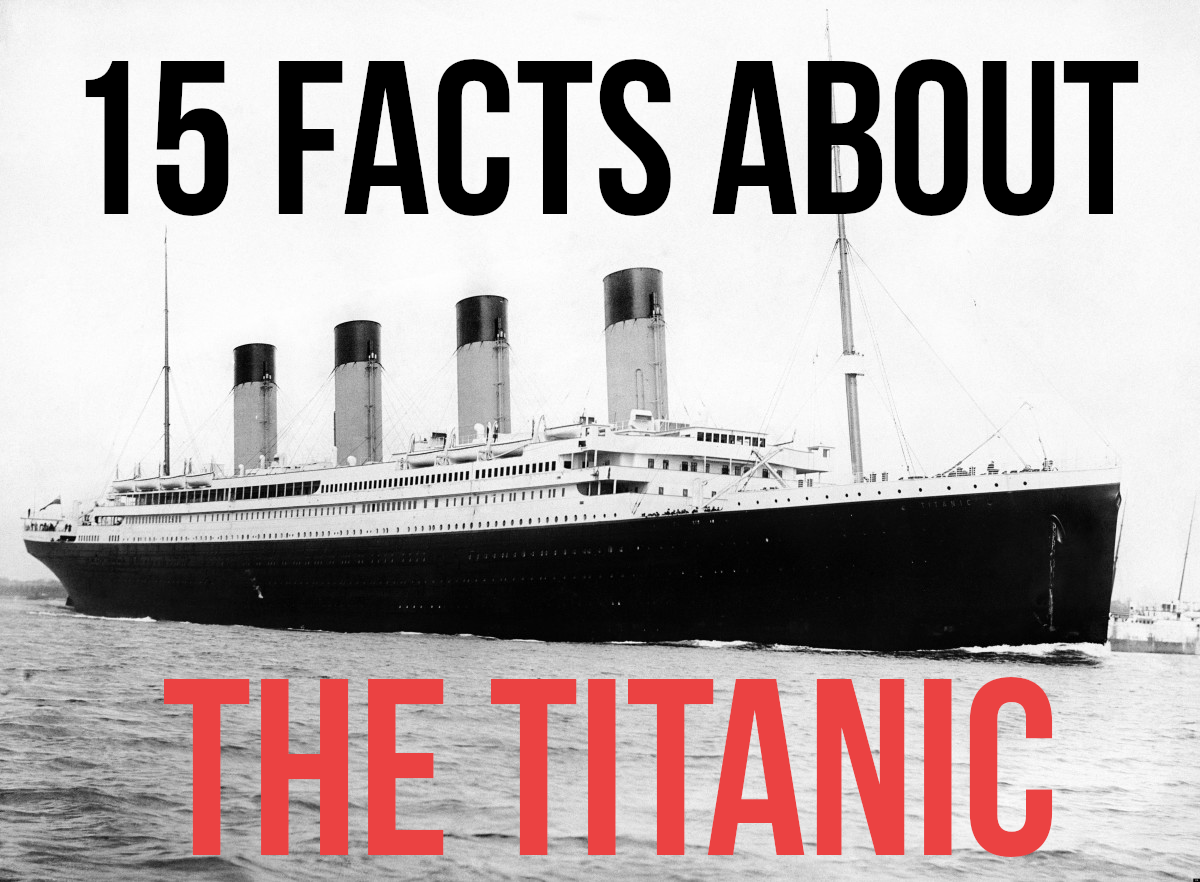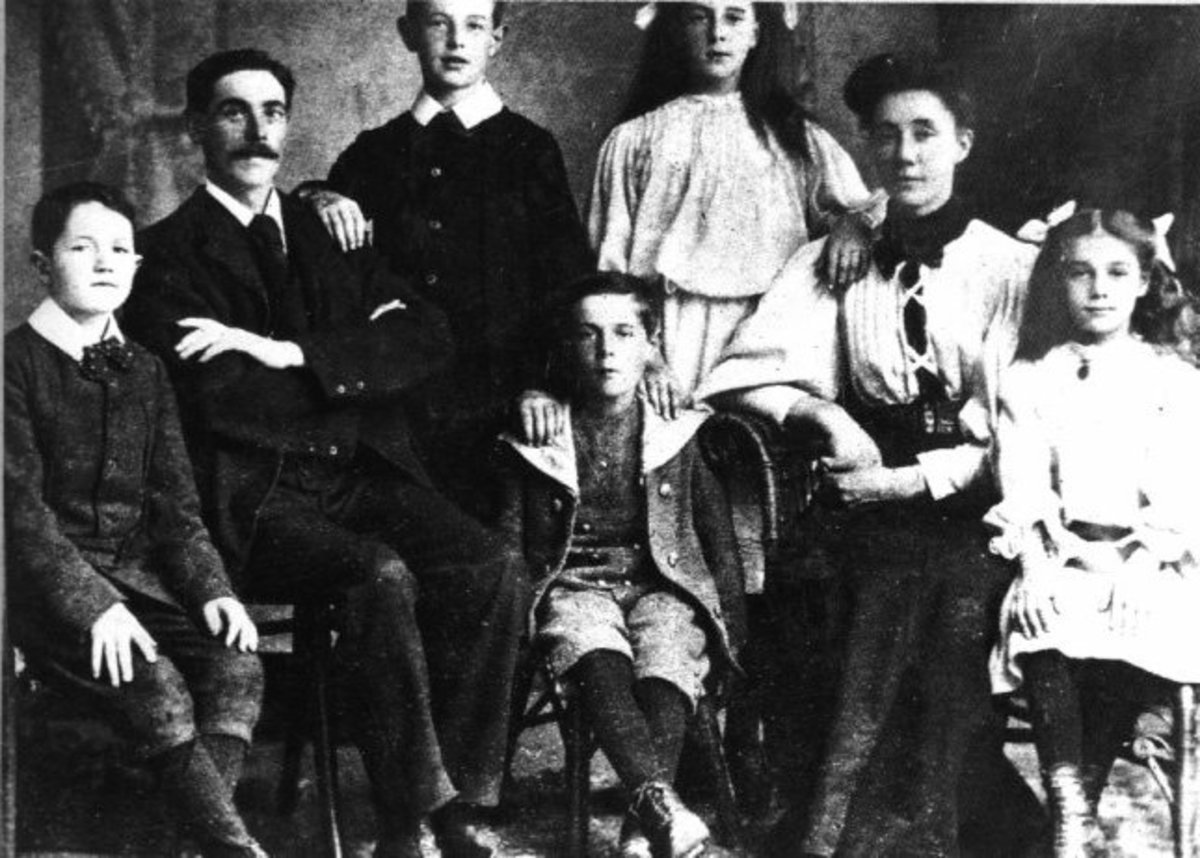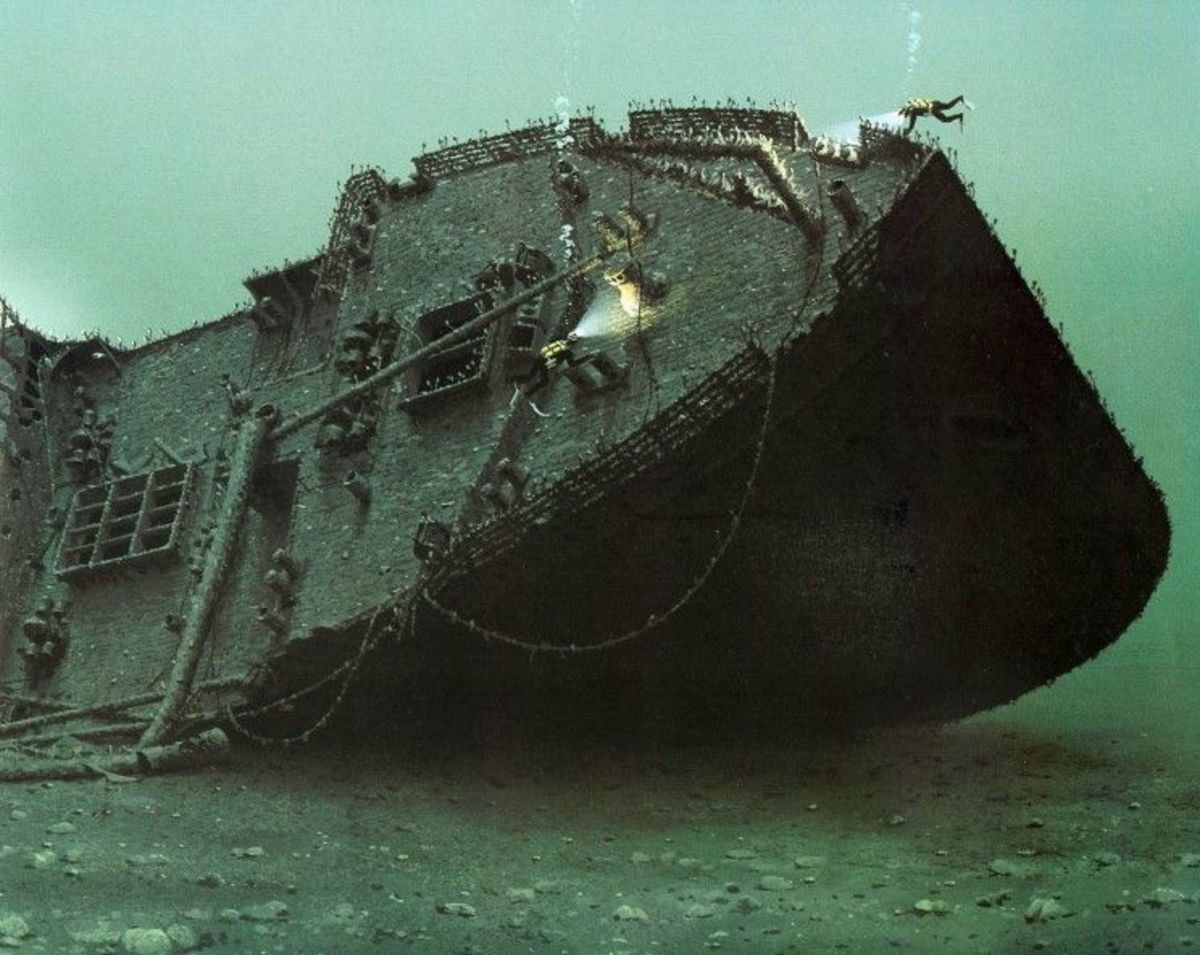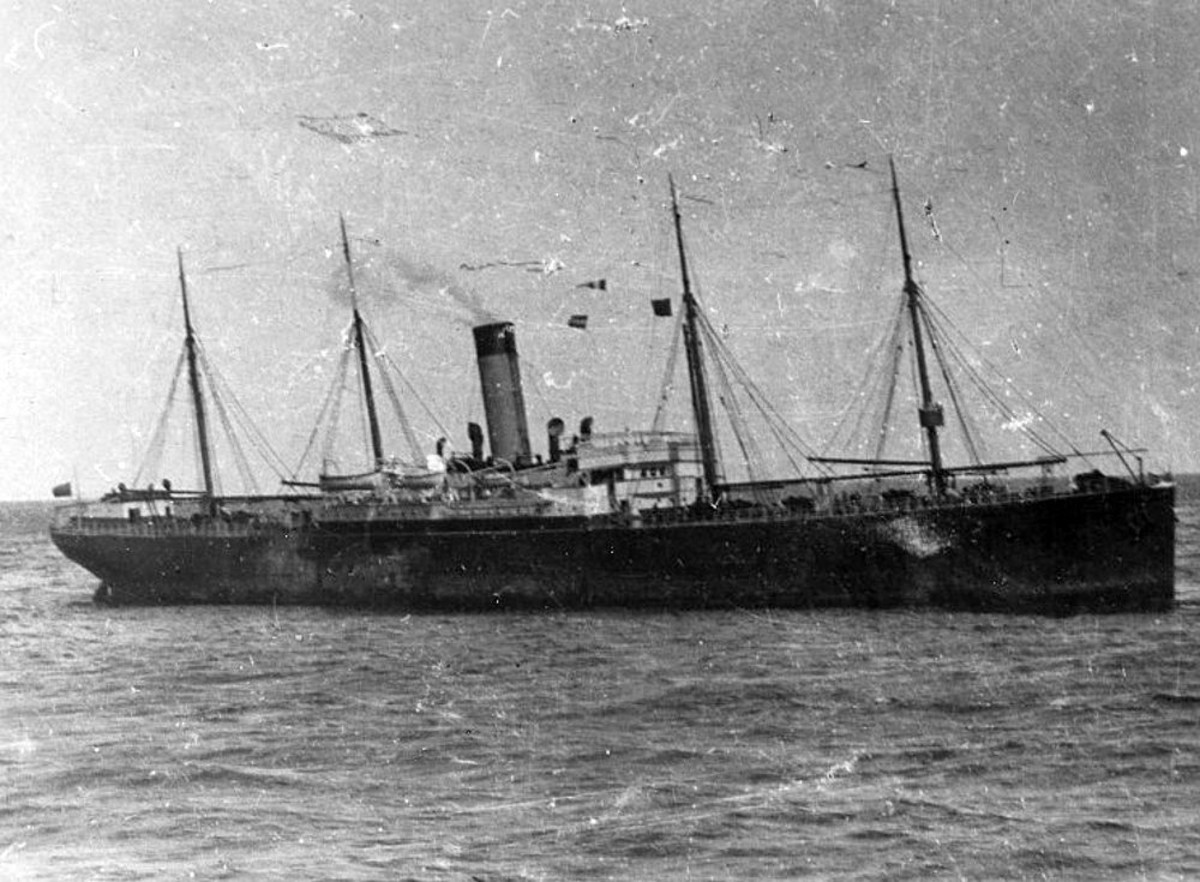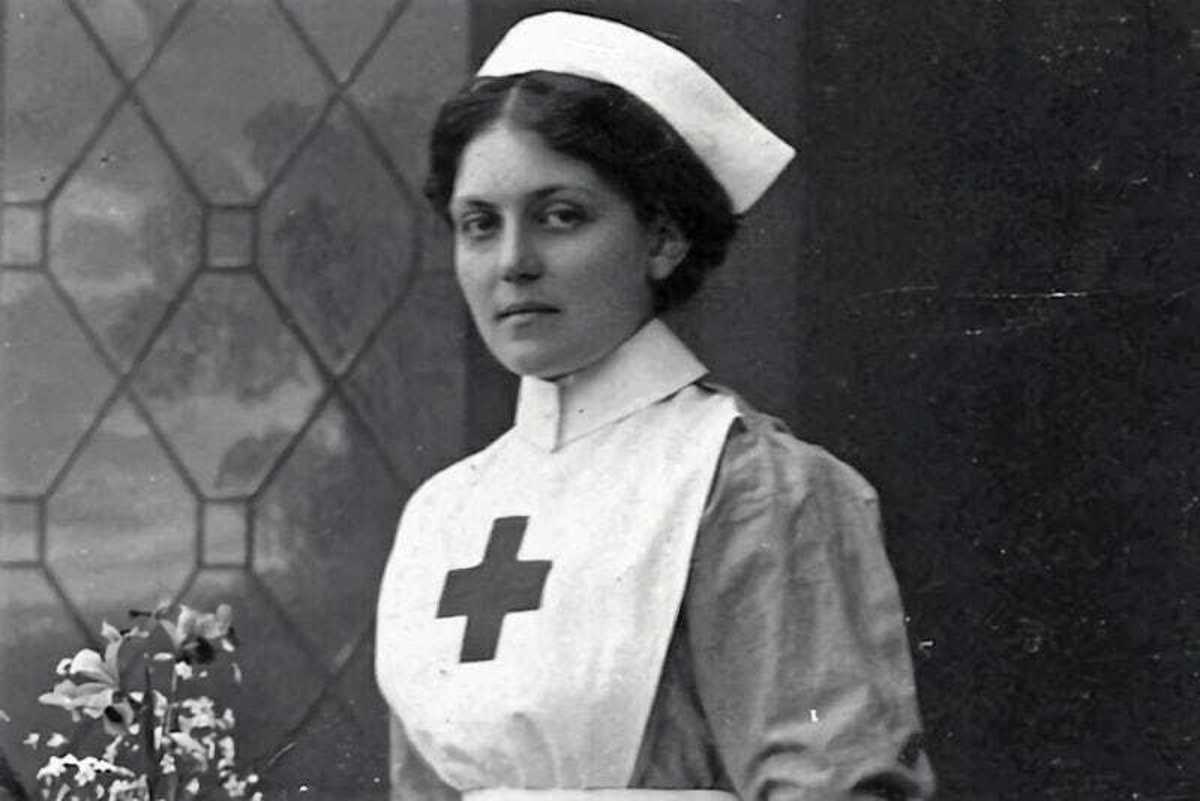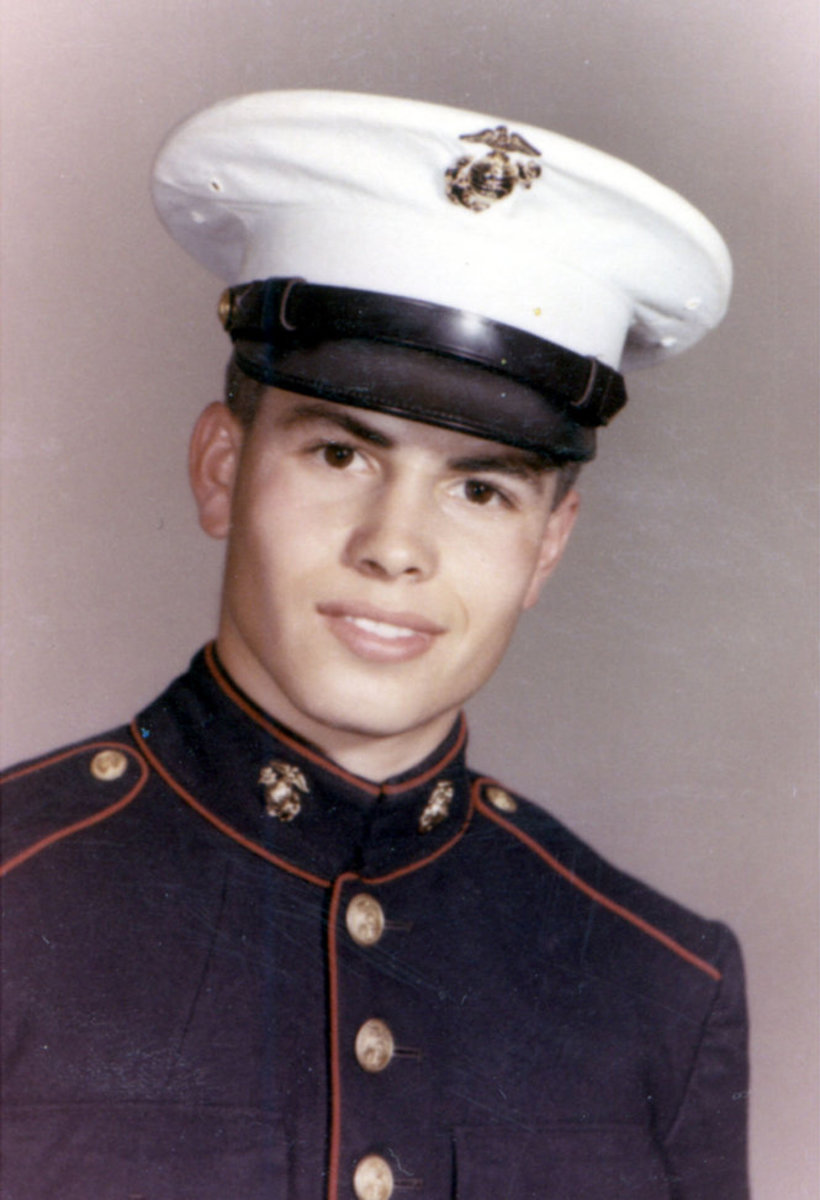Discovering the Truth about the Titanic

Story of the Titanic Continues to Captivate
The story of the Titanic sinking on its maiden voyage in April 1912, is a story that continues to captivate amateur historians across the globe. So much is written about it that it can be difficult to separate fact from fiction. What is the truth behind the myths and movie magic? Find out here.
Titanic: Fact or Fiction
The sinking of the Titanic is an event that captures the hearts and imaginations of people around the world. Sometimes a little more imagination is in play than some may realize, but some of these amazing stories are actually true.
Bruce Ismay: Villain.
White Star Line President, Bruce Ismay, has been blamed for the Titanic’s sinking in almost every book and movie created about this event. Did he urge Captain Smith to break a transatlantic speed record? Was he the first man in a lifeboat? No and No. Ironically, Captain Edward Smith is lauded as a hero for ignoring iceberg warnings, cancelling lifeboat drills, and not ensuring that lifeboats were filled when launched. Ismay did not have control over the ship’s speed or course and helped many people into lifeboats before taking a place in one himself. The difference? Ismay survived. Nobody wants to blame a dead hero for disasters, better to blame the guy that dared to survive.
The Titanic was cursed.
Titanic’s hull number spelled “NO POPE.” The mummy of Egyptian princess Amen-Ra was in the cargo hold. White Star Line had advertised the Titanic as “unsinkable.” All are false. Titanic’s hull number was 401. No Egyptian princesses, alive or dead, were on board. Finally, the Titanic had been termed “practically unsinkable” by Shipbuilder Magazine in reference to its watertight compartments, which were the engineering marvel of their day, but White Star Line never used this term in advertising.
A drunk man survived over an hour in the 28 degree water.
This is partially true. Charles Joughin paddled in the water long after all others had perished from the cold, though nobody is sure for exactly how long. When he was finally pulled into a lifeboat, becoming one of the very few people to be saved from the water, some gave credit to his whiskey drinking for his ability to survive. The fact that he remained level-headed throughout the ordeal argues that, while he may have had a raised blood-alcohol level, he was far from what most people would consider drunk.
California stood by as Titanic sank.
True. Though experts debate exactly how far away the Californian was as the Titanic sank, it is estimated that 6-21 miles separated them. Captian Lord of the Californian had stopped for the night to avoid ice and the wireless was shut off. Rockets were reported around 12:45 am, April 15, 1912, but no move was made to investigate. The Carpathia, 58 miles away from Titanic, was on its way, but the Californian would not be roused until it was too late. As Carpathia sailed toward New York carrying survivors, Californian was left to salvage wreckage.
There were no binoculars for the lookout.
This is partially true. Binoculars had been included, but when Officer David Blair was replaced by another for the maiden voyage the binoculars remained in his locker. Since Officer Frederick Fleet was keeping watch without binoculars, he spotted the iceberg only about 30 seconds before impact.
A book was written about the Titanic disaster before it happened.
Futility by Morgan Robertson was published in 1898, fourteen years before the Titanic set sail. In Robertson’s story, a ship named the Titan sank in the month of April with only thirteen of its 3,000 passengers surviving. The ship was luxurious, sank at midnight, and carried the minimum number of lifeboats required by law. If this was not already the greatest coincidence in history, Robertson republished his story in 1912 with revisions to make it mirror the Titanic tragedy even more accurately.
Titanic Timeline
A Timeline of the Titanic's Only Voyage
July 29, 1908 Before Titanic’s maiden voyage, it was the dream of the future for the White Star Line for several years. On this date, the final design was approved after years of planning.
March 31, 1909 Building begins!
May 31, 1911 Those who had seen the Titanic grow from architectural drawings to the largest passenger liner in the world watch as the hull was launched for the first time.
January, 1912 The Titanic is fitted with sixteen wooden lifeboats, along with four collapsible lifeboats. By law, this amount was sufficient, though not adequate for the number of people who would be on board. The original design had called for 48 lifeboats, but this number was reduced to make the deck less cluttered.
April 2, 1912 The crew puts the Titanic through trials at sea, and she exceeds everyone’s expectations.
April 3, 1912 The Titanic arrives at Southampton. The crew scurries about completing last minute tasks and loading tons of food and fuel for the transatlantic trip.
April 10, 1912 The first passengers come on board and are awed by the size and luxury of this floating palace. By noon, the Titanic has set sail after narrowly avoiding a collision with the New York, which snapped its moorings because of the force of the Titanic’s wake. About six hours later, the ship picks up more passengers in the harbor at Cherbourg, France. These passengers need to be ferried by smaller ships, since the Titanic is too large for any dock at Cherbourg.
April 12, 1912 The Titanic’s final stop is at Queenstown, Ireland, where the last group of passengers board. Tons of mail is also loaded and tossed into the mail hold below decks.
April 13, 1912 Passengers enjoy pleasant weather, an on board gym and pool, and more food than they can imagine as the Titanic smoothly glides over calm seas.
April 14, 1912 Six iceberg warnings are received throughout the day as the Titanic sails into cooler waters. At 11:00 am, Captain Edward Smith cancels the scheduled lifeboat drill, so the passengers and crew go into the evening with emergency procedures unrehearsed.
April 14, 1912, 5:50 pm The Titanic’s course is adjusted to avoid reported ice.
April 14, 1912, 11:40 pm The iceberg that would cause the demise of this ship of dreams is sighted too late to avoid a collision. Within ten minutes, some parts of the ship are beneath 14 feet of water. Six of the watertight compartments that are the engineering marvel of their day are filled with water, two more than the ship can stay afloat with. Captain Smith orders the men in the Marconi room to begin calling for help within twenty minutes of the collision.
April 15, 1912, 12:05 am Only 25 minutes after the initial impact, the captain orders lifeboats uncovered. Lifeboat capacity: 1,178. Crew and passengers on board: 2,223.
April 15, 1912, 12:25 am The Carpathia, a ship 58 miles from the Titanic, receives the distress call and begins sailing toward the accident scene. Along the way, the Carpathia crew and passengers prepare to care for survivors.
April 15, 1912, 12:45 am The first lifeboat is launched. Though it has a 65 person capacity, it has only 28 people on board. Passengers are hesitant to be lowered into the icy sea in a small wooden boat that appears to be a much bigger gamble than the seemingly stable Titanic. Before the night was over, 472 lifeboats spaces would go unused.
April 15, 1912, 2:05 am The last lifeboat is launched, but over 1,500 people remain on board as the list of the ship becomes dangerously steep.
April 15, 1912, 2:17 am Captain Smith issues final command. “Every man for himself.”
April 15, 1912, 2:20 am The ship breaks in two, and the stern settles momentarily before tilting to a 90 degree angle and plunging into the sea. Those not taken down with the ship begin to freeze to death in the 28 degree water.
April 15, 1912, 3:30 am Carpathia’s rockets are spotted by people in lifeboats. For those in the water, it is already too late.
April 15, 1912, 4:10 am Carpathia brings first survivors on board where they are given clothes, blankets, and warm drinks by the small Carpathia crew. Though much smaller, older, and less luxurious than the Titanic, the Carpathia is the most beautiful sight these people have ever seen.
April 15, 1912, 8:50 am Satisfied that they have located all survivors, Captain Arthur Rostron of the Carpathia sets course for New York with 705 extra passengers. Bruce Ismay sends a telegraph to the New York White Star Line office, "Deeply regret advise you Titanic sank this morning after collision with iceberg, resulting in serious loss of life. Full particulars later."
April 18, 1912, 9:00 pm The Carpathia arrives in New York greeted by huge crowds, somberly watching to see if their loved ones are among those on board.
April 19, 1912 An inquiry begins by the United States government into the causes of the Titanic tragedy. Results include
required speed reductions in areas of reported ice and 24 hour a day wireless communication.
April 22, 1912 Ships are sent to retrieve bodies from the wreckage. By May 15, the salvage effort ends after locating 328 bodies.
May 2, 1912 British Board of Trade begins inquiry into disaster. The investigation results in the recommendation that lifeboat requirements be adjusted to be based on number of passengers rather than on gross tonnage of the ship.
What Happened to the Ocean Liners?
The beginning of the 20th Century saw a boom in shipbuilding, but it didn't continue.
The Titanic, with its four funnels towering into the sky, redefined ocean liner standards in the early twentieth century. At a length of 882.5 feet, only Titanic’s sister ship Olympic could compare to her. She had a revolutionary sixteen watertight compartments in her hull, creating an almost unsinkable ship. When the term ocean liner is mentioned, this is what most people picture: the majestic Titanic launching from Southampton on her maiden voyage, which she would never complete.
When considering the largest ocean liners of the twentieth century, it may surprise one to learn that most of them were actually built in the first fifteen years of the 1900s. Rather than continuing to be assembled larger and larger, with more luxury and amenities, the manufacturing of ocean liners came to a screeching halt after 1914.
Several issues explain the decline of the ocean liner. The first immediate reason was World War I. The top ten largest ocean liners were all manufactured in either the United Kingdom or Germany. By 1914, both of these countries had converted these manufacturing processes to war efforts rather than passenger ships. Two significant ocean liners were put into service after the war. The French Normandie and the German Bismark represented the beginning of the end of the ocean liner business. By the end of World War II, air travel was emerging as a quicker and less expensive method of crossing the Atlantic. The RMS Queen Elizabeth in 1940 and the SS France in 1962 represent the last of the biggest ocean liners built.
Many modern day cruise ships would tower over these ocean liners, but it is important to distinguish between a true ocean liner and a cruise ship. Ocean liners were built sturdily for constant trans-Atlantic travel which was expected to be rough at times. Cruise ships are created to be floating resorts that keep to calm waters, and their stacked up decks make them much heavier than the ocean liners of the past. Most of these cruise ships could not maneuver in the conditions that ocean liners were expected to plow through at full speed. The Allure of the Seas, which is the largest passenger ship to date, dwarfs the Titanic with its sixteen passenger decks and 1,187 feet of length, but this ship was not designed to make ocean crossings.
Many people believe that the Titanic is the largest ship ever to be built. Clearly this is not true if we compare it to modern day cruise ships, but even in the beginning of the twentieth century Titanic did not hold this record for long. In 1913, the year after Titanic had sunk on its maiden voyage, Germany launched the SS Imperator. At 906 feet in length, over 98 feet beam, and 52,117 gross tonnage, the Imperator was larger than the Titanic in every way. She was the first of three successively larger ships that were constructed in Germany within two years. The SS Vaterland in 1913 (later renamed Leviathan as a United Stated Navy ship) and the SS Bismark in 1914 each outdid the ship preceding them. The Titanic places seventh among the giant passenger liners of the last century. A summary of the ten largest ocean liners of the twentieth century appears below.
1) SS France commissioned in 1962 holds the record of largest ocean liner at 1,035 feet in length and 76,049 gross tonnage. It was sold to be refitted as a cruise ship in 1979.
2) The RMS Queen Elizabeth was launched in the United Kingdom in 1940, and was the largest liner until replaced by the SS France, which was only larger in terms of length not tonnage. This ship was named for Queen Elizabeth the Queen Consort to George VI and mother to the current queen, Elizabeth II.
3) The French SS Normandie was the largest ocean liner when it launched in 1935. At the fall of France to Germany in World War II, the ship was detained in New York and used as a U.S. Navy troop transport.
4) In 1914, the German SS Bismark took the title of biggest ocean liner at 956 feet in length. It was turned over to the United Kingdom in 1922 as payment of war reparations and renamed the Majestic.
5) The SS Vaterland, the middle of the trio of German ships stealing the record from each other, measured 950 feet in length. This ship was captured by the U.S. Navy in World War I and renamed the Leviathan.
6) SS Imperator, at 906 feet, was the first of the three German ocean liners to obtain the largest ship title before losing it to the Vaterland within the same year, 1913.
7) The RMS Titanic was 882 feet long, the same as her sister ship, RMS Olympic, but had slightly larger gross tonnage. Despite rumors to the contrary, Titanic was not referred to as allegedly unsinkable until after she had sunk.
8) RMS Olympic is greatly overshadowed in history by her almost identical and shorter lived sister ship, Titanic. When commissioned in 1911, she was the largest liner to date.
9) In 1907, the RMS Maurentania, took the record with a length of 790 feet.
10) With a fate almost as tragic as that of the Titanic, the RMS Lusitania, held the record for only part of the year of 1907 before being outshone by the Maurentania. The lives of almost 1,200 people were claimed when the Lusitania was sunk by a German U-boat torpedo in 1915.
Ocean liners are a reminder of bygone days when news wasn’t known to the world the moment an event happened, travel took days rather than hours, and the fate of hundreds of people could be decided by one arrogant captain and a mountain of ice. Those who travel on the city-like cruise ships of today do not have the same experience as being on one of these huge, steel-hulled, hand-riveted ships that were the pride of their day.
For the ocean liner experience that most closely resembles that of the last century, ship lovers can still book passage on the RMS Queen Mary 2.The QM2, as she is commonly referred to, appears to be a combination of the past ocean liners and the towering decks of cruise ships, and was launched in 2003. This flagship of the Cunard line remains the only ocean liner that continues the tradition of Southampton to New York trans-Atlantic travel. Taking seven days to make the crossing, passage on the QM2 will cost over $3,000 to the traveler hoping to revel in the magnificence of a modern day ocean liner while taking in the experience of travelling in the tradition of our ancestors.
Coming Soon! Over the Deep
In Samantha Wilcoxson's novel coming this summer, ten-year-old Edwin is surprised to learn that he will be travelling to America on the famous new Titanic. Even more shocking to him is that he will be going with grandparents he has never known. Why does his mother want to send him away?
Edwin explores the ship, meeting men such as Thomas Andrews, Bruce Ismay, and Captain Smith. He learns secrets about his own family’s past and forms relationships with his newly discovered grandparents along the way. Woven into Edwin's fictional story are historical facts about the Titanic and many of the people who were on board. Edwin befriends Douglas Spedden, Frankie Goldsmith, and Jack Thayer Jr., who were real Titanic survivors. The reader is also introduced to Walter, a fictional character who becomes Edwin’s best friend. When the ship sinks, and Edwin ends up in a lifeboat separated from everyone he knows, he wonders if he has survived the worst only to be abandoned in the middle of the Atlantic.
To keep up on book release news, follow Over the Deep on Facebook: https://www.facebook.com/OverTheDeep.




